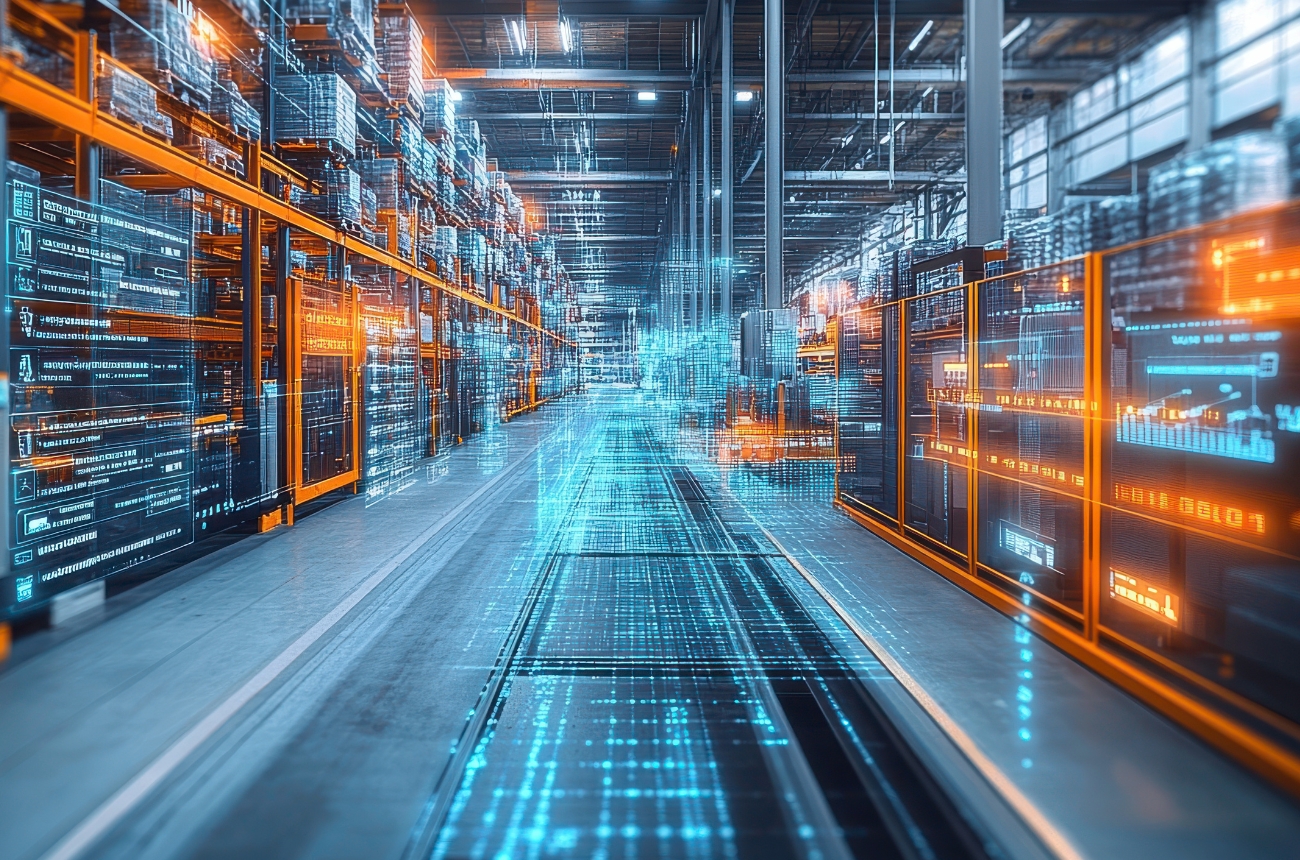Key Points
- AI is actively driving measurable gains in logistics through smarter planning, unified visibility, and automation
- Predictive ETA accuracy is reducing delays and improving customer satisfaction
- AI-powered visibility platforms like Shippeo are eliminating data silos, enabling faster risk response
- Real-time exception handling and autonomous workflows are reducing operational overhead
- These capabilities are already being scaled globally across complex intermodal supply chains.
The Rise of AI in Logistics
AI is no longer a buzzword. It's an operational asset that’s reshaping logistics at scale. Companies leveraging artificial intelligence are optimizing delivery times, improving inventory planning, and achieving greater resilience in their supply chains.
In fact, McKinsey research shows that companies applying AI to supply chain management see logistics costs drop by up to 15% and service levels improve by 35%.
For leading organizations, this isn’t a vision of the future, it’s a competitive advantage.
And while the foundational technology remains the same, the way AI delivers value varies significantly across industries. Here are just a few ways it’s already transforming logistics within sector-specific supply chains, according to SAP:
- Retail: AI predicts demand patterns and streamlines procurement, helping avoid overstocks or shortages for high-turnover products like clothing, electronics, and groceries
- Food and Beverage: AI helps manage perishable inventory by optimizing storage and routing, reducing spoilage and improving on-time delivery of items like dairy and produce
- E-commerce: AI enhances warehouse automation and route planning, accelerating fulfillment times and increasing delivery precision
- Automotive: Manufacturers use AI to automate supply ordering and track inbound parts globally, ensuring production lines remain stocked without carrying excess inventory
- Healthcare: AI tracks pharmaceutical and medical device shipments and forecasts demand surges for life-critical supplies like vaccines and surgical tools
- Fashion: AI anticipates seasonal demand shifts and aligns production, sourcing, and distribution timelines to get new collections to market faster.
From fast-moving consumer goods to complex manufacturing supply chains, AI is delivering measurable improvements right now.
From Innovation to Implementation in AI Logistics
Across industries, AI adoption has shifted from isolated innovation labs to critical infrastructure. Shippeo’s real-time transportation visibility platform is a clear example of this evolution, embedding AI into core logistics processes to deliver immediate value.
Shippeo uses predictive AI to interpret real-time location data with high precision, generate accurate ETAs backed by SLAs, detect anomalies before they escalate, and power proactive communication across the network.
These capabilities are integrated into the day-to-day operations of global shippers and carriers.
Smarter Planning through Predictive ETA Accuracy
One of the most tangible benefits of AI in logistics is enhanced planning precision. Traditional ETA estimates, often based on historical averages or manual input, are too static for the dynamic nature of today’s transport networks.
Shippeo’s AI-powered predictive ETA models analyze hundreds of real-time and historical variables, including traffic conditions, weather disruptions, and driver behavior. This leads to:
- ETA accuracy boosted by at least 5%
- Reduction in late deliveries and detention charges
- Better coordination across warehouse, production, and carrier operations
With more reliable delivery windows, logistics leaders can allocate resources with greater confidence.
Breaking Data Silos with Unified Visibility
Logistics operations are often fragmented, with critical data stored across disparate systems. This lack of integration leads to blind spots, delayed responses, and inefficiencies.
Shippeo eliminates these silos by aggregating multimodal tracking data from road, rail, ocean, and air into a unified platform. AI then transforms this data into contextual insights, highlighting shipment risks, delays, and network performance in real time.
This is especially valuable for supply chains operating across regions like China, Europe, and North America. Shippeo supports global intermodal visibility, giving teams a complete view of their logistics operations.
Real-Time Exception Handling with AI Insights
Disruptions happen. The speed of your response determines the ultimate outcome. From missed pickups to customs delays, every delay has a ripple effect on downstream operations.
Shippeo’s AI engine monitors shipments continuously, comparing real-time movement against expected milestones. It flags anomalies and prioritizes them based on impact, giving teams clear direction on where to act first.
This functionality supports operations like those at Renault, where production managers rely on real-time visibility embedded in their Transportation Control Tower (or TCT; more on this implementation here). When delays occur, teams can adjust plans immediately to avoid downtime.
Accelerating Digital Logistics with Autonomous Workflows
AI isn’t just helping teams react faster. In some cases, it’s removing manual work altogether. Combined with automation tools, AI capabilities allow businesses to streamline logistics processes and operate with fewer touchpoints.
Examples include:
- Sending delay notifications to customers automatically
- Triggering rerouting workflows based on congestion
- Generating carrier performance analytics on schedule
- Reducing the need for manual ETA recalculations.
These autonomous workflows free up planners, operators, and support teams to focus on value-added activities, not status chasing.
Experience AI-Driven Logistics Today
AI is already transforming logistics across industries by delivering higher accuracy, faster response times, and greater control over complex supply chain networks. As organizations embrace these capabilities, the next frontier involves exploring emerging AI models such as generative, agent-based, and reinforcement learning systems that promise even more advanced adaptability and autonomy.
These evolving technologies may support flexible scenario planning, dynamic risk assessment, and the orchestration of increasingly autonomous workflows. Their successful integration, however, will depend on careful implementation strategies.
Human oversight remains essential to guide decision-making and maintain operational judgment. Transparency will be critical to build trust in AI-driven outcomes, while data privacy and regulatory compliance must remain foundational requirements. Long-term scalability and environmental sustainability should also be considered as AI becomes more deeply embedded in supply chain ecosystems.
Ultimately, the most effective use of AI in logistics will enhance rather than replace human expertise. By aligning technological advancement with operational reality, supply chains can become more informed, adaptive, and resilient in the face of growing complexity and constant change.















